Introduction
What is DNA Extraction?
DNA extraction is a vital biochemical process to isolate DNA from cells or tissues. It allows researchers to separate the genetic material from proteins, lipids, and other cellular components. Automated DNA extraction techniques help in streamlining the separation process while maintaining the DNA’s integrity. Understanding DNA is key to unlocking insights into genetic makeup, disease mechanisms, and molecular biology.
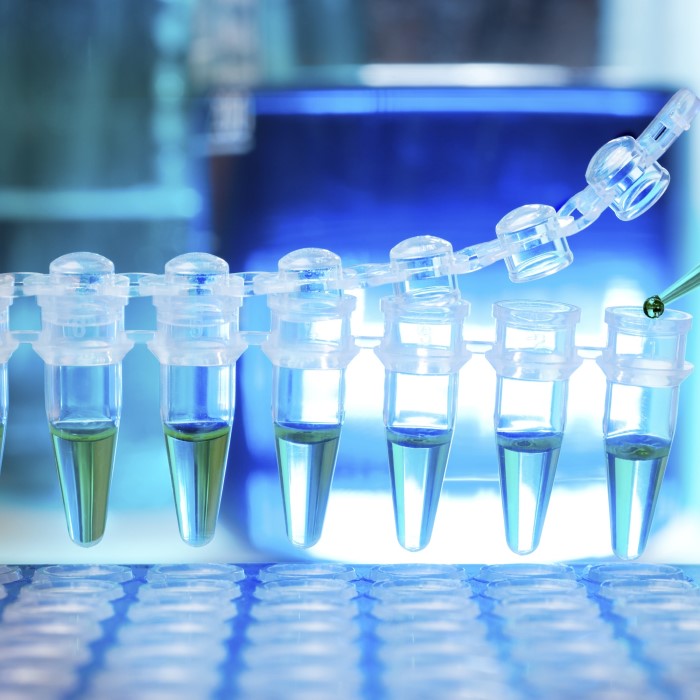
Importance of DNA Extraction in Research and Medicine
DNA extraction plays a crucial role in many scientific and medical applications. Researchers use it to study genetic disorders, develop treatments, and advance personalized medicine. Medicine benefits from DNA extraction in clinical diagnostics, detecting viral outbreaks, and monitoring genetic mutations. It is essential for fields like forensic investigations, agricultural research, and environmental studies. Efficient and precise DNA extraction ensures the reliability of downstream experiments and analyses.
Challenges of Manual DNA Extraction
Manual DNA extraction is a traditional method used in labs. However, it comes with significant challenges. These issues often affect the efficiency, accuracy, and reliability of the process.
Time and Labor Intensive Processes
Manual DNA extraction requires several steps, each needing careful execution. Processes like lysis, centrifugation, and washing take time. Researchers must monitor every step to avoid errors. This manual approach demands a lot of effort, increasing the workload in labs. Additionally, it limits DNA extraction throughput, especially in high-demand scenarios like clinical diagnostics or large research projects.
Risks of Contamination and Human Error
Human involvement increases the risk of contamination. External materials like dust or oils can affect the results. Pipetting errors or mishandling of reagents can also harm DNA quality. These mistakes can compromise downstream experiments, leading to unreliable findings. Maintaining sterile conditions is critical, but it’s not always easy in manual workflows. Therefore, human errors and contaminations remain major limitations of traditional methods.
Advantages
Automated DNA extraction has revolutionized the field of molecular biology. It addresses many issues associated with manual methods. These systems offer significant benefits in terms of speed, reliability, and process control.
Enhanced Efficiency and Speed
Automated systems streamline DNA extraction workflows. They eliminate manual steps like pipetting and centrifugation. This leads to faster processing times and higher throughput. Labs can run multiple samples simultaneously, saving both time and labor. High-demand scenarios like clinical diagnostics benefit greatly from this enhanced efficiency.
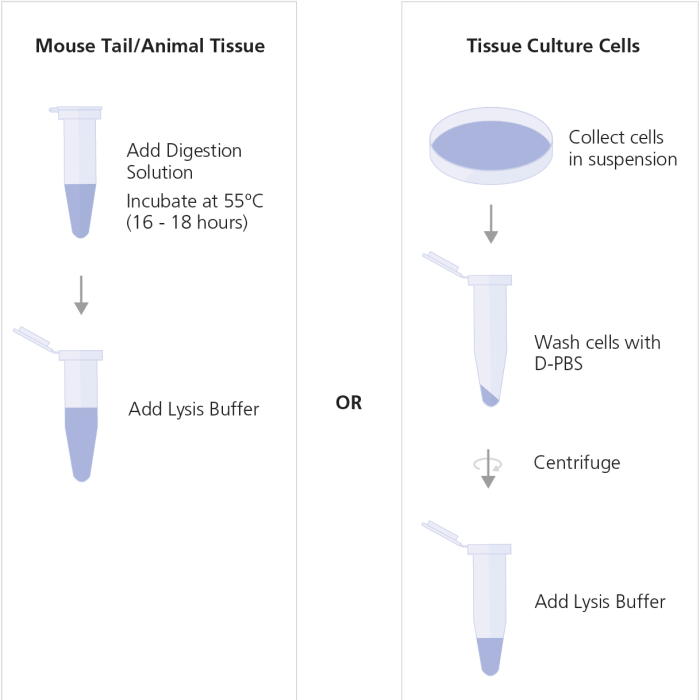
Improved Reproducibility and Consistency
Automation ensures the same process is followed for every sample. This reduces variability and improves reproducibility. Manual methods often introduce inconsistencies due to human errors. Automated DNA extraction systems produce reliable results for downstream applications. Consistency is critical for research, diagnostics, and sequencing projects.
Reduced Risk of Contamination
Automation minimizes direct human involvement in DNA extraction. This reduces chances of contamination from external sources. Automated systems operate in controlled environments, ensuring DNA integrity. Properly calibrated machines handle reagents precisely, avoiding accidental spills. Reduced contamination ensures the accuracy of genetic analysis and experiment outcomes.
Key Components of DNA Extraction Systems
Modern automated DNA extraction systems rely on several key components. These features work together to ensure efficiency, accuracy, and reliability during DNA isolation. Below is an overview of the main components that make automated DNA extraction effective.
Robotic Platforms
Robotic platforms serve as the backbone of automated DNA extraction systems. These machines handle tasks like sample transfers, pipetting, and plate movements. They eliminate the need for manual intervention, speeding up processes while maintaining precision. Advanced robots can process multiple samples simultaneously, saving time in high-throughput scenarios. Precise robotic movements reduce the risk of contamination and improve reproducibility.
Software and Protocols
Software controls the operations of automated DNA extraction systems. It ensures protocols are followed exactly for consistent results. Users can customize extraction workflows based on specific requirements. Advanced software records process data, aiding experiments and diagnostics. Protocol standardization reduces variability between samples, enhancing reliability across different applications.
Specialized Reagents and Consumables
Specialized reagents and consumables are the final piece in automated DNA extraction. These include lysis buffers, magnetic beads, columns, and plastic consumables. High-quality reagents optimize DNA yield and purity. Consumables like cartridges ensure smooth machine operations and avoid cross-contamination between samples. Choosing the appropriate reagents for specific DNA types is crucial for successful extraction.
Common Methods
Modern automated DNA extraction systems use different methods. Each approach is tailored for specific requirements, offering varied benefits. Below are the three most common techniques used in these systems.
Magnetic Bead-Based Methods
Magnetic bead-based methods are widely used in automated DNA extraction systems. During extraction, these beads bind to DNA, separating it from other components. The process involves washing beads to remove impurities and then eluting the DNA. Automation makes use of magnetic fields to control bead movement. This method is fast, efficient, and produces high-purity DNA. It is especially useful in handling multiple samples simultaneously with consistent results.
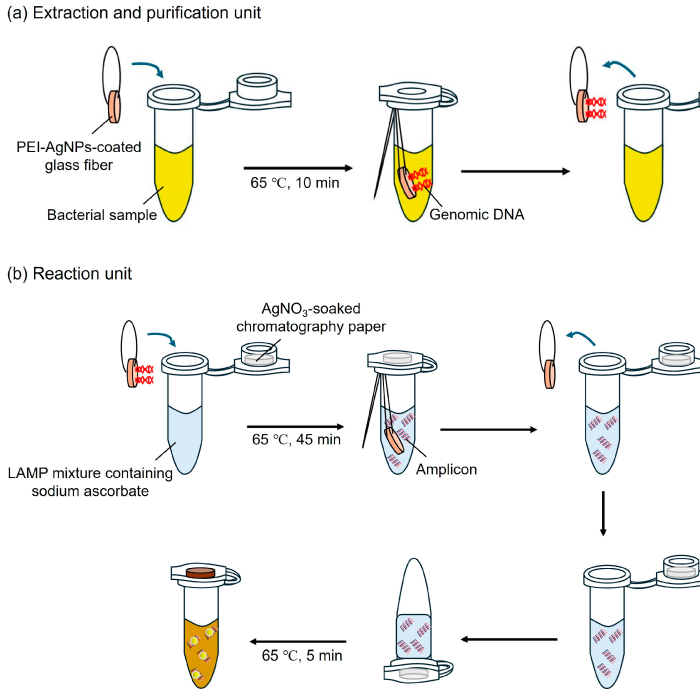
Column-Based Methods
Column-based DNA extraction uses silica membranes to isolate DNA. In automated systems, centrifugation or vacuum pressure helps pass the sample through the column. DNA binds to the silica under certain conditions, while contaminants are washed away. Elution completes the process, releasing purified DNA. Automating column methods is beneficial for applications requiring high DNA yield and purity. These systems reduce manual errors and increase throughput, making them suitable for labs with high processing demands.
Precipitation Methods
Precipitation methods rely on chemical reactions to isolate DNA. Reagents like alcohol or salt solutions aggregate DNA, making it easy to separate. Automation simplifies this process, ensuring precise reagent handling and reducing contamination risks. Precipitation approaches are cost-effective and can work with various sample types. However, they may be less efficient for high-throughput scenarios compared to other methods. Still, they remain valuable for low-cost applications and specific research requirements.
Applications of DNA Extraction
Automated DNA extraction systems have far-reaching applications across various fields. They provide fast, reliable, and high-quality DNA isolation, ensuring accuracy for downstream processes. Below are the key domains benefiting from these advanced systems.
Clinical Diagnostics
Automated DNA extraction is vital in clinical diagnostics. It helps detect viral and bacterial infections with precision. These systems support genetic testing for hereditary conditions. They also enable personalized medicine by analyzing specific gene mutations. By speeding up DNA isolation, automation aids faster diagnosis and treatment plans.
Forensic Analysis
Importance of Automated DNA Extraction:
Forensic labs increasingly depend on automated DNA extraction processes to enhance their crime-solving capabilities. The efficiency of these systems plays a crucial role in the investigation of criminal activities.
Isolation of DNA Samples:
Automated DNA extraction techniques are designed to effectively isolate DNA from various biological samples, including blood, hair, saliva, and other bodily fluids. This capability allows forensic analysts to obtain high-quality DNA necessary for further analysis.
Minimizing Human Errors:
By utilizing automated systems, forensic laboratories can significantly reduce the likelihood of human errors that may occur during manual extraction. This reliability is essential for producing consistent and trustworthy genetic profiles, which are vital in legal contexts.
High-Throughput Extraction:
One of the key advantages of automated systems is high-throughput extraction. This feature is particularly beneficial in scenarios where multiple evidence samples need to be processed at once, allowing labs to manage larger volumes of evidence efficiently.
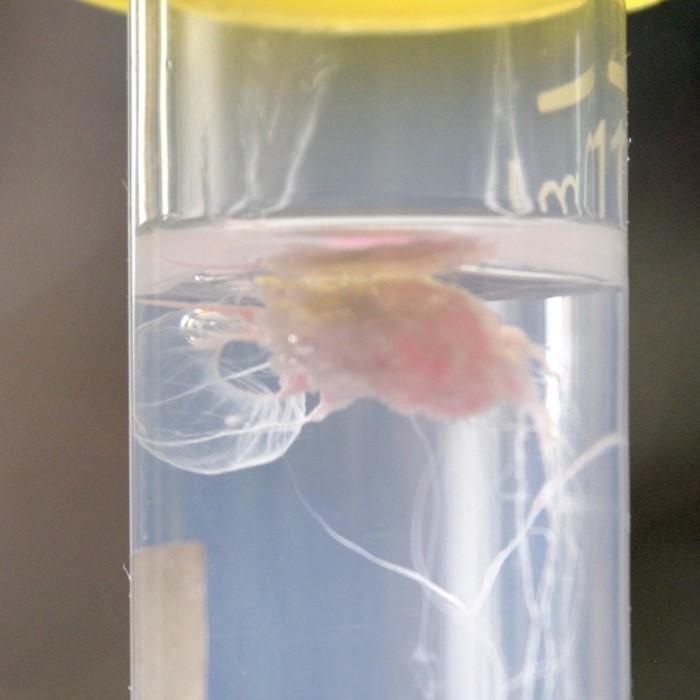
Boosting Accuracy in Investigations:
The combination of automation and high-throughput capabilities enhances the accuracy of forensic investigations. By ensuring precise DNA extraction and minimizing contamination risks, these systems improve the chances of accurately linking suspects to crime scenes based on genetic evidence.
Impact on Crime Scene Connection:
The reliability and efficiency brought by automated DNA extraction systems elevate the forensic analysis as a whole. Consequently, this technology not only aids in solving existing cases but also serves as a deterrent by improving crime scene connectivity through robust evidence.
Genomic Research and Sequencing
Automated DNA extraction systems power genomic research by providing pure DNA for sequencing. They support studies on genetic disorders, evolutionary traits, and molecular mechanisms. Consistent DNA isolation ensures reproducible results in large-scale sequencing projects. Researchers benefit from faster processes, enabling quicker discoveries in genomics.
Agricultural and Environmental Studies
Automated systems aid agricultural research by isolating DNA from plant or microbial samples. They help in understanding crop genetics to improve yield and resistance. Environmental studies benefit from DNA extraction of soil or water samples to analyze biodiversity. Automation improves efficiency, allowing large-scale ecological research and monitoring efforts.
Selecting the Right DNA Extraction System
Choosing the right automated DNA extraction system is essential. It ensures efficiency, reliability, and suitability for your specific needs. With various options available, selecting the ideal system may seem challenging. Below are essential factors and comparisons to guide your decision-making process.
Factors to Consider: Throughput, Cost, and Automation Level
- Throughput Requirements:
- Assess the number of samples your lab processes daily.
- High-throughput systems are ideal for clinical or large research labs.
- Lower-throughput machines suit academic labs or small-scale projects.
- Cost Considerations:
- Calculate the initial investment for the system.
- Include expenses for reagents, consumables, and maintenance.
- Balance cost-effectiveness with performance and long-term value.
- Automation Level:
- Determine if you need full or partial automation.
- Fully automated systems save time but may be costlier.
- Partial automation offers flexibility but requires more manual involvement.
- Compatibility and Flexibility:
- Ensure the system supports various sample types (e.g., blood, tissue).
- Look for systems offering customizable workflows for diverse applications.
- Space and Accessibility:
- Evaluate available lab space for housing the system.
- Compact, portable systems suit limited lab spaces.
Comparison of Popular DNA Extraction Platforms
- Magnetic Bead-Based Systems:
- Offer fast, high-purity DNA isolation.
- Suitable for high-throughput labs and clinical diagnostics.
- Often more expensive than other methods.
- Column-Based Systems:
- Provide consistent results with high DNA yield.
- Effective for labs requiring precision and minimal contamination.
- May require additional consumables, increasing operational costs.
- Precipitation-Based Systems:
- Cost-effective and compatible with various sample types.
- Suitable for low-throughput scenarios or research labs.
- May be less efficient in processing large sample volumes.
By combining these considerations, researchers can make informed decisions. The right system ensures smoother workflows, reproducible results, and faster processes.
Future Trends in DNA Extraction Technologies
DNA extraction technologies continue to evolve with advancements in science and technology. Emerging trends focus on making DNA isolation faster, more accurate, and adaptable to broader applications. Below are key trends driving the future of DNA extraction technologies.
Integration with Next-Generation Sequencing (NGS)
Next-Generation Sequencing (NGS) has revolutionized genetic research. Automated DNA extraction now integrates seamlessly with NGS workflows. These systems produce high-quality DNA essential for accurate sequencing. By eliminating manual handling, they reduce errors and contamination. Integration speeds up the sequencing process, enabling quicker research and diagnostic outcomes. Advanced systems also handle smaller sample volumes, maximizing efficiency. This synergy paves the way for discoveries in genomics and personalized medicine.
Miniaturization and Portability
New DNA extraction technologies are becoming smaller and more portable. Compact systems allow researchers to work outside traditional labs. Portable devices enable on-site DNA extraction, critical for fieldwork in agriculture or forensics. Miniaturized systems save lab space while delivering reliable results. Their user-friendly designs make them accessible to non-experts. These innovations push DNA extraction into new environments, expanding its use in real-world applications.
Advances in AI-driven DNA Extraction Systems
Artificial Intelligence (AI) is reshaping DNA extraction processes. AI-powered systems optimize workflows by adapting to sample-specific needs. These systems detect abnormalities and adjust processes for better yields. AI also improves process monitoring, ensuring consistent and error-free extractions. Data collected from these systems aid protocol refinements and future research. By pairing automation with AI, DNA extraction achieves unparalleled efficiency and precision.
Conclusion: The Future of Automated DNA Extraction
In conclusion, automated DNA extraction methods represent a significant advancement in the field of molecular biology and genetics. By enhancing efficiency, reliability, and safety, these methods play a critical role in modern research and diagnostics. As technology continues to evolve, we can expect further innovations that will shape the future of DNA extraction and advance our understanding of genetics.
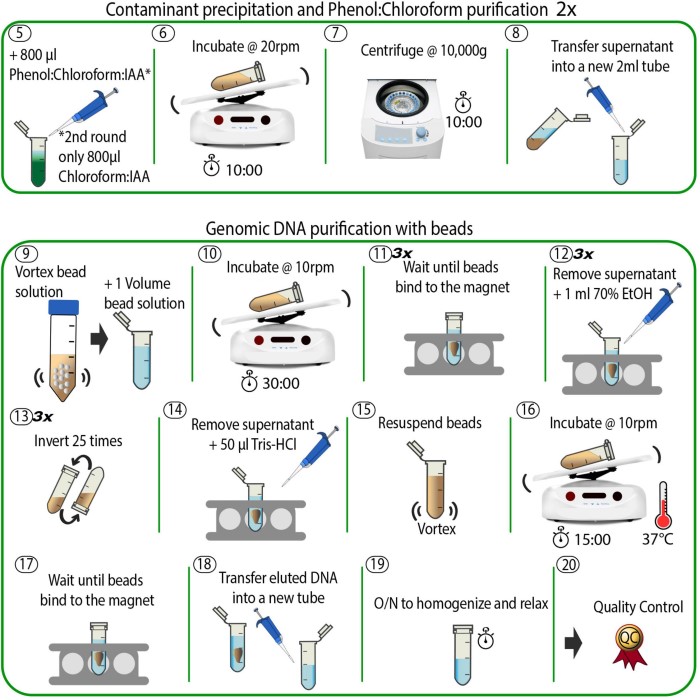
Researchers and laboratories that embrace automated techniques will likely see improvements in their work processes, leading to faster, more accurate results. As we look ahead, staying informed about these advancements will be essential for those involved in genetic research and biotechnology, ultimately supporting the ongoing quest for knowledge in the life sciences.




